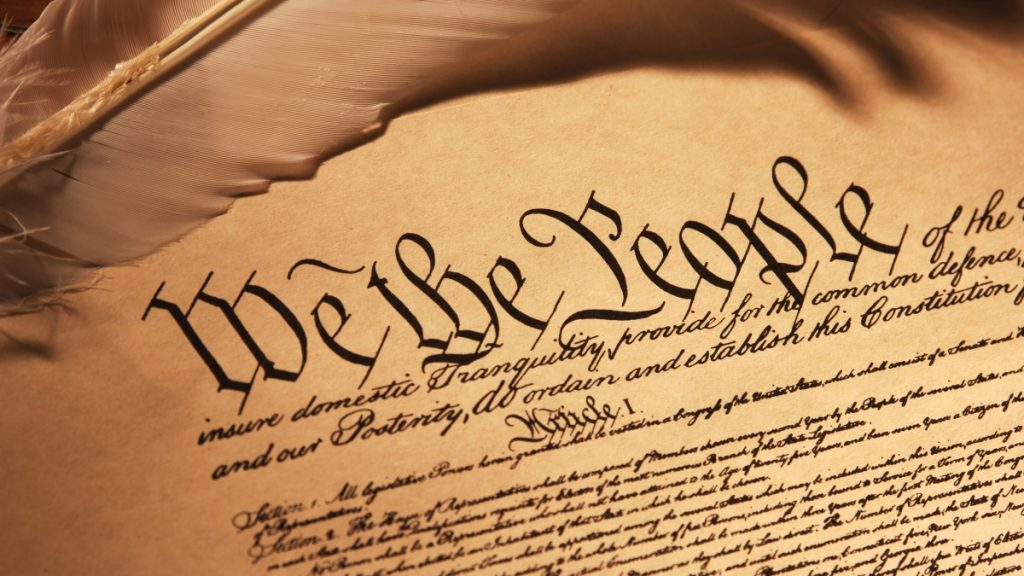CONSTITUTIONAL CAUSES OF ACTION
Types for Causes of Action:

I. GRAND JURY PROCEEDINGS UNLAWFULLY DISCLOSED
Elements to prove:
- being a grand juror, a public prosecutor, a grand jury stenographer, a grand jury interpreter, a police officer or a peace officer guarding a witness in a grand jury proceeding, or a clerk, attendant, warden or other public servant having official duties in or about a grand jury room or proceeding, or a public officer or public employee;
- he or she intentionally discloses to another;
- the nature or substance of any grand jury testimony, or any decision, result or other matter attending a grand jury proceeding; and
- that is required by law to be kept secret, except in the proper discharge of his official duties or upon written order of the court.
II. INVERSE CONDEMNATION
Elements to prove:
- a taking or damaging;
- of private property;
- for public use;
- without just compensation being paid;
- by a governmental entity with the power of eminent domain; and
- has not instituted formal proceedings.
Menu of Causes of Action in Law
III. PRIVACY INVASION
Elements to prove:
- the use of a name, portrait, picture or voice;
- of a living person;
- for commercial, trade, or advertising purposes; and
- without consent.
IV. STATE CONSTITUTIONAL RIGHTS VIOLATION
Elements to prove pursuant to the New York State Constitution:
- person filing claim;
- suffered damages;
- as a result of;
- a violation; and
- of their state constitutional rights.
V. STATE DESTRUCTION OF PRIVATE PROPERTY
Elements to prove:
- a person;
- with an alienable interest;
- in private property;
- has a right to compensation;
- when the property is destroyed;
- by the state; and
- damages peculiar to the particular property have been incurred.
VI. STATE TAKING LAND REQUIRING COMPENSATION
Elements to prove:
- a person;
- with an alienable interest;
- in private property;
- has a right to just compensation;
- when the property is taken; and
- for public use.
VII. TAKING
Elements to prove, where the government enacts:
- a physical seizure of property; or
- destruction of property; or
- any permanent physical occupation of property; and
- the damages are special and not a mere general injury common to the public at large.
VIII. DE FACTO TAKING
Elements to prove:
- a physical entry by the condemnor;
- a physical ouster of the owner;
- a legal interference with the physical use, possession, or enjoyment of the property; or
- a legal interference with the owner’s power of disposition of the property.
IX. REGULATORY TAKING
Elements to prove:
- damages have been caused;
- to a person with an interest in the property; and
- as the result of a government regulation;
- resulting in:
- a “physical” taking;
- a total regulatory taking ( “per se” taking);
- a taking not constituting a seizure or occupation and falling short of eliminating all economically viable uses of the encumbered property; or
- a land-use exaction.
the above is an abstract from the Encyclopedia of New York Causes of Action by Ernest Edward Badway, 2018 edition.
